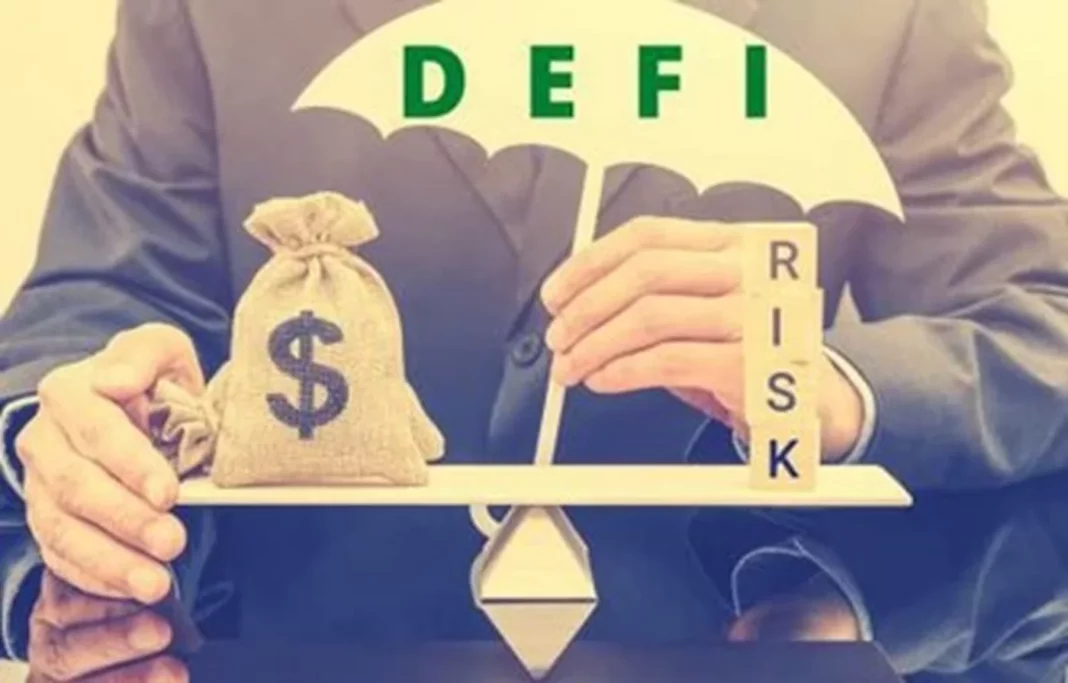Table of Contents
- 1. Comprehend the Protocol
- 2. Evaluate Smart Contract Vulnerabilities
- 3. Assess Counterparty Exposure
- 4. Determine Market and Financial Risk
- 5. Stay Informed
- Conclusion
5 Tips for Managing Your Risks in DeFi
1. Comprehend the Protocol
Before investing in or using a DeFi protocol, thoroughly understand its purpose, mechanics, and value proposition. A clear understanding of how the protocol works and what problem it aims to solve will help you assess its potential risks and rewards.
Dive into the intricacies of the protocol, examining its operations from asset entry to smart contract execution and final outcomes. Grasp the various components, interactions, and processes, whether it involves automated market makers, yield farming, lending, borrowing, or other functionalities.
2. Evaluate Smart Contract Vulnerabilities
Smart contract risk pertains to the technical security of a platform, relying on its underlying code. While not mandatory to be a developer, possessing a basic understanding of smart contract principles helps gauge the protocol’s complexity and assess potential vulnerabilities.
It’s essential to scrutinize each smart contract transaction before signing. Equally important is familiarizing yourself with reading data from blockchain explorers like Etherscan. Acquiring the skill to interpret smart contracts through explorers enhances your ability to engage securely.
Investors should also evaluate the maturity of smart contract deployment and its associated underlying pool contracts. Assess the number and credibility of audits conducted, recognizing that auditors may vary in effectiveness based on past outcomes. Investigate the platform’s history of security breaches through DeFiLlama. If any exploits occurred, verify the resolution of identified vulnerabilities through a comprehensive audit.
3. Assess Counterparty Exposure
The assessment of counterparty risk exposure encompasses both the centralization of the platform and its governance structure, providing a means to gauge counterparty risk in the DeFi ecosystem.
Admin access involves the presence of admin keys, enabling protocol developers to modify smart contract parameters and presenting potential financial risks. Safeguards like timelocks and multi-signature wallets aim to mitigate these risks. Token holders represent the parties controlling the protocol, influencing vulnerabilities to governance attacks. A larger and more diverse holder base can minimize such risks. Oracle-related risks arise from potential manipulation or malfunctions that may result in financial losses. Decentralized oracles provide resilience against manipulation, although they may not always reflect fair market values.
Network security assesses the underlying security of platforms based on the blockchain they utilize, with Ethereum being a trusted option. The expertise and reputation of the team, coupled with project backers, serve as crucial indicators of a project’s credibility. These factors collectively contribute to a comprehensive platform risk assessment, assisting investors in making informed decisions within the DeFi landscape.
4. Determine Market and Financial Risk
Market risks are intricately interwoven with the scale of the DeFi market and the dynamic fluctuations in supply, demand, and trading volumes. These risks carry particular relevance in relation to the protocol’s assets, primarily the collateral. Enhanced performance in these facets directly translates to diminished susceptibility to liquidity crises, challenges in liquidation processes, and potential scenarios resembling bank runs.
The evaluation of market cap serves as a gauge of platform adoption and its influence within the market. TVL, or total value locked, showcases the cumulative value of assets staked within a specific protocol. Meanwhile, the utilization ratio provides insights into the probability of scenarios akin to bank runs, calculated by dividing total borrows by total liquidity. The quality of collateral significantly impacts the effectiveness of overcollateralization, relying on the stability and reliability of the collateral itself.
Through meticulous consideration and comprehensive assessment of these factors, investors can cultivate a heightened understanding of the inherent market risks that underlie DeFi protocols.
5. Stay Informed
In the swiftly evolving realm of DeFi, staying updated is pivotal. It enables you to embrace new opportunities, navigate risks, and understand market trends. The dynamic nature of DeFi introduces constant innovations, making it crucial to stay informed. Trusted news sources and active engagement in social media and community forums provide insights into the industry pulse. This practice empowers decision making, readies you for challenges, and positions you at the forefront of DeFi’s groundbreaking developments.
Conclusion
By following the tips in this guide, you’ll be better prepared to safely explore the world of DeFi — but of course, nobody is completely immune from these risks.
–
At Haven1, we’re passionate about security and compliance, which is why we’re building solutions that will make it far easier to navigate DeFi without constantly worrying about the safety of your assets. When it launches in 2024, the Haven1 network will ensure secure transactions by combining cold storage for assets with robust network-level risk controls. A novel provable identity framework will mitigate malicious activity while providing users with the confidence to transact securely on the network. We aim to usher in a new era of blockchain technology that gives users the confidence and assurance to dive headfirst into on-chain finance.
Haven1 is an EVM-compatible layer 1 blockchain designed to offer a secure, trusted, compliant environment to drive the mass adoption of on-chain finance. Architected by the innovators behind the digital wealth platform Yield App, Haven1 incorporates a provable identity framework and robust security guardrails at the network level, to provide retail, professional, and institutional investors alike with an on-chain finance platform free from the challenges and risks that plague the DeFi ecosystem. To learn more about Haven1, visit https://www.haven1.org/


